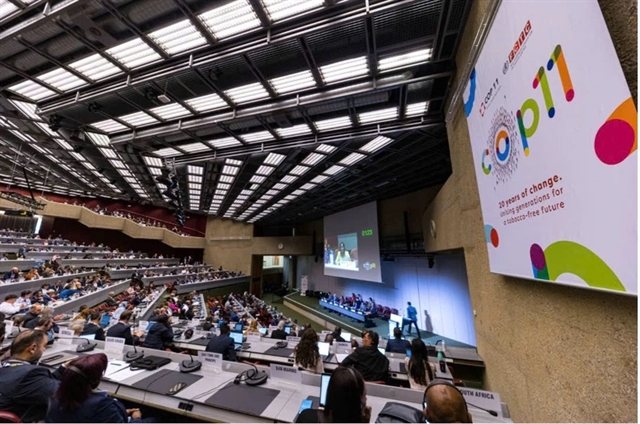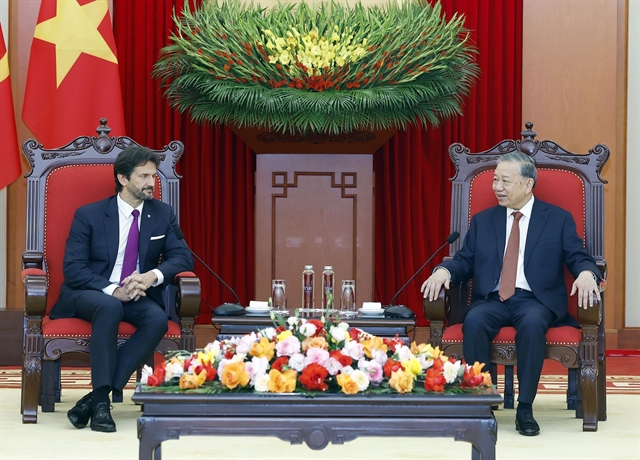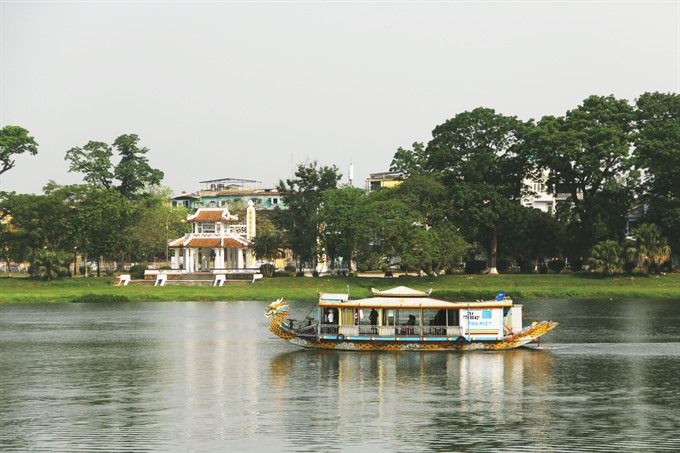 Society
Society

The central city of Huế is struggling to conserve relics located along the Hương (Perfume) River as development proliferates in the area.
 |
| Thương Bạc, a relic siting aside the northern bank of the Hương River in the city. — VNS Photo Phước Bửu |
THỪA THIÊN- HUẾ — The central city of Huế is struggling to conserve relics located along the Hương (Perfume) River as development proliferates in the area.
Phan Thanh Hải, director of the local government body for managing relics built by the Nguyễn Dynasty (1802-1945) in the city, said many dynastic buildings made use of the river as an axis for their locations.
“Thus changes in the ecology of the river have a negative impact on the relics,” Hải told a seminar on the conservation of the relics located along the river held in the former imperial capital city on Tuesday.
Hải listed power plants built on the upper area of the river as top creators of problems for the river’s ecology. The exploitation of stone and minerals on the upper riverbanks also affected the river in general and the relics in particular, he added.
“We have to adapt to the changes as much as possible,” Hải said, adding that several buildings are vulnerable to deterioration as they were built by Nguyễn Lords (1558-1777) 300 years ago.
He added that some of the works that are intended to be excavated from the river basin, according to commitments local authorities made to UNESCO in 1993, remain at their locations, including Long Thọ Cement Plant and Ga Lôi Quarry.
Other impacts included deforestation of the upper forest, the spread of industrial tree plantations and the development of aquaculture in the river’s lower part. “We made many efforts to give explanations to UNESCO for these developmental impacts, especially the construction of new bridges spanning the river,” Hải said.
Associcate Professor Đặng Văn Bài, deputy chairman of the country’s Cultural Heritage Committee, said local authorities should consider the river as the core of any development plans.
“Local authorities should work to make Huế a museum of ecology, with harmony between ancient buildings and nature. I believe this will foster, not hinder, the future development of the city,” he said.
Professor Satoh Shigeru of




